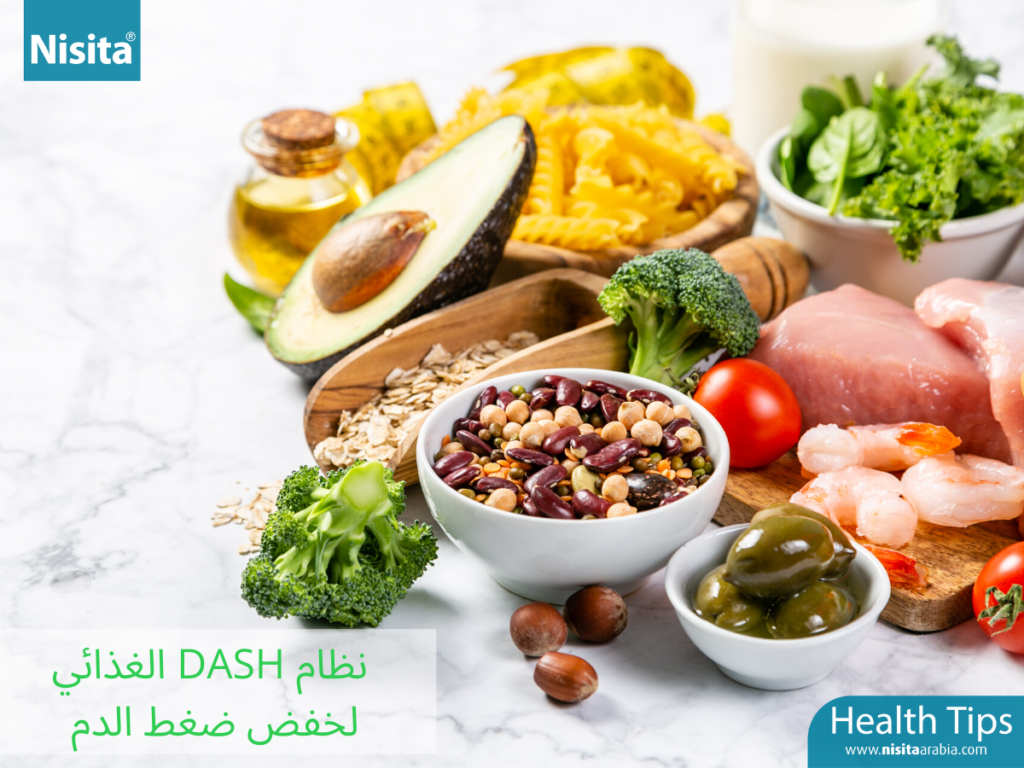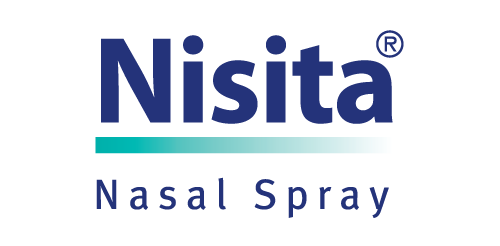
If you have high blood pressure, there is a healthy diet to reduce that!
The Dash diet helps lower high blood pressure with very simple and convenient habits that this diet mainly consists of, and they are highlighted in the below points:
- Eat more fruits, vegetables, and low-fat dairy.
- Reduce consumption of foods rich in saturated fats, cholesterol, and trans fats.
- Eat more whole grains, fish, poultry, and nuts.
- Limit sodium, sweets, sugary drinks, and red meat intake.
There is also a sodium dash diet, which is based on reducing sodium intake to no more than 1500 mg per day (equivalent to 2/3 teaspoon). We can start making changes gradually, for example, we can reduce the daily amount of sodium to one teaspoon, and when our bodies begin to get accustomed to this diet, we reduce the amount again to 2/3 teaspoon per day. Of course, this amount includes all of the sodium we eat, including what we use for cooking and which we add later to our dishes.
Now we will look at foods that lower blood pressure, which we have to add to our diet:
- Green leafy vegetables: Most of these leaves are rich in potassium, which helps the kidneys get rid of sodium, thus contributing to lowering the blood pressure level, such as roman lettuce, watercress, kale, spinach, and Swiss chard. As for canned vegetables, we do not recommend them, as salt is added to them. You can also use frozen vegetables as they contain the same nutritional value as fresh vegetables.
- Berries of all kinds: Especially blueberries contain natural compounds called flavonoids, which help to reduce blood pressure when consumed in abundance.
- Red Beetroot: The high percentage of nitric oxide present in red beetroot opens the blood vessels and lowers blood pressure, and the result may be clear within 24 hours of ingesting it.
- Skim milk and milk: Both contain calcium and a small percentage of fats, which reduces blood pressure.
- Oats: Oats contain a high percentage of fiber, a small percentage of fat, and sodium. It also provides our bodies with energy when consumed for breakfast.
- Bananas: Eating potassium-rich foods is much better than eating nutritional supplements, and bananas are one of them. To increase the benefit, eat bananas with oats!
- Salmon, mackerel, and fish rich in omega-3: Fish that have a high content of omega-3 acid not only reduce blood pressure but also reduce inflammation and reduce triglycerides.
- Seeds: Unsalted seeds contain a high content of potassium, magnesium, and other minerals that contribute to lowering blood pressure.
- Garlic and herbs: Garlic may help lower blood pressure by increasing the proportion of nitric oxide in the body, which in turn works to expand the arteries.
- Dark chocolate: One study indicates that eating no more than 100 grams of dark chocolate a day may reduce the risk of heart diseases, with the plus side that it contains fewer calories than regular chocolate.
- Pistachios: Pistachios may be a healthy way to reduce the level of blood pressure by reducing blood vessel stenosis and heart rate.
- Olive Oil: This type of oil represents healthy fats and contains polyphenols, which are anti-inflammatory and help lower blood pressure.
- Pomegranate: Apart from the fact that this fruit is healthy and delicious, drinking one cup of pomegranate juice daily for four consecutive weeks works to reduce the level of blood pressure.
The Dash Diet recommends that we eat according to the following daily portions:
- 7-8 servings of grains.
- 4-5 servings of vegetables.
- 2-3 servings of dairy products, free or low-fat.
- No more than two servings of meat, poultry, and fish.
- 2-3 servings of oils and fats.
Here are some of the weekly portions recommended by the Dash system:
4- 5 servings of nuts, seeds and dry cereals, and less than 5 servings of sweets.
The Dash Diet also provides you with a set of useful tips:
- Add a portion of vegetables to lunch and dinner.
- Add a serving of fruit to your meals or eat it as a snack.
- Use half the usual serving of butter, margarine or salad dressing, and use low-fat or fat-free sauces.
- Drink dairy products with little or no fat instead of whole milk.
- Limit meat to 6 ounces a day, and focus more on vegetarian meals.
- Add more vegetables and dry cereals to your diet.
- Eat one of the following options as a snack: salted biscuits or nuts, raisins, low-fat and fat-free milk, unsalted popcorn, and fresh vegetables.
- Read food labels to choose products that contain less sodium.
